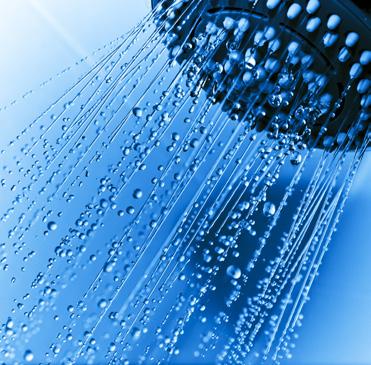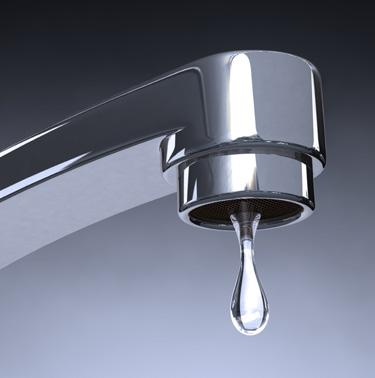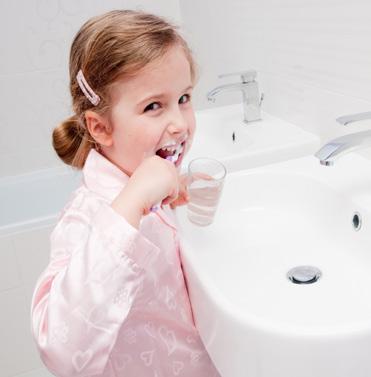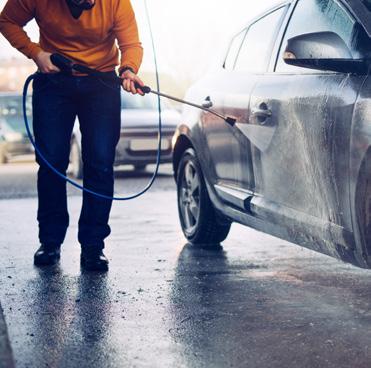
3 minute read
Learn More
Classroom Presentations
The Authority’s outreach staff is pleased to offer free Standards of Learning (SOL) correlated lessons to students in our service area grades four and above. These hands-on programs help students understand concepts such as watersheds and the amazing properties of water. Students in the upper grades learn about watershed protection, GIS mapping and future careers in the water and wastewater industry. Interested in bringing the Water Authority into your classroom? Email us at education@westernvawater.org to schedule a visit.
Guest Speakers
Interested in having a speaker talk to your civic league or community group? We’d be happy to talk to your group about your water source, how we treat your water and improvements we are making to the water and wastewater infrastructure. Contact us at info@westernvawater.org for scheduling and information.
Tours
Tours of our treatment facilities and reservoirs are offered to our customers, students, civic, community groups or other groups of ten or more. You will be amazed to learn what goes on behind the faucet as we treat and deliver the highest quality drinking water to our customers. We’d love to show you how we treat your water. To request a visit, please call 853.5700 or email education@westernvawater.org
Videos
Learn about our water and wastewater treatment processes or explore the science of water without ever leaving your classroom or home. The Water Authority has a collection of videos on our YouTube channel to teach, inspire and amaze. Visit the Western Virginia Water Authority YouTube channel to start exploring.
Dam Inundation Information
The Western Virginia Water Authority utilizes four surface water sources in the Roanoke Valley - Carvins Cove, Spring Hollow, Beaverdam Creek and Falling Creek Reservoirs. Each of these bodies of water is impounded by a dam which is physically inspected annually.

The Western Virginia Water Authority has published this information to inform customers in the unlikely event of a catastrophic dam failure. If this should occur, or if conditions should occur that would increase the likelihood of such an event occurring, the public would be notified through all major media outlets and local emergency centers.
To learn more about the risk of flooding to your property, and to learn how you can protect yourself, please visit the FloodSafe.gov website.
If you have specific questions about the Western Virginia Water Authority dam inundation information or to see if you property is located in an inundation zone, please see www.westernvawater.org.
Use Your Water Wisely
Using water wisely in times of drought is critical; however, it is always important to use our natural resource wisely.
Brushing Your Teeth
Shorten your shower to 5 minutes and save up to 25 gallons of water.


Showers Leaks
Fix a leaky faucet and save up to 140 gallons of water a week.

Turn off the water while you brush your teeth and save 2 gallons of water.

LAUNDRY & DISHES
Use full loads in your washing machine and dishwasher to maximize efficiency.

Watering Plants
Put an empty tuna can on the lawn to catch and measure the output of your sprinkler. When the can is full, it’s time to turn off the sprinkler.
Watering Your Lawn Lawn Care

Water your garden or lawn before 10 AM or after 7 PM when temperatures are cooler to minimize evaporation.
Use old water from your dog’s bowl, leftover water from rinsing vegetables or the warm-up water from your shower to water plants.

Car Washing
Instead of washing your car at home, take it to a commercial car wash that recycles its water.

How to Check for a Toilet Leak
Toilets are the number one source of water leaks inside the home so this is the best place to start a leak detection. Because a toilet leak can waste up to 200 gallons of water per day, it is important to regularly test your toilets and quickly repair any leaks you discover.
To determine if a toilet is leaking, place some dye such as food coloring, Kool-Aid, cola or brewed coffee in the tank of the toilet before you go to bed. Do not flush or use the toilet during the test. If you see any of the color in the bowl of the toilet the next morning, then you know you have a leak that needs to be repaired.
If you discover that you have a toilet leak, make sure the lift chain is free of kinks and that you don’t have any mineral buildup around your valves that might prevent them from sealing properly. You can also use the adjustment screw on the overflow pipe to lower the water level in the tank to keep it from flowing into the overflow pipe. Most overflow pipes have a line on the pipe that indicates where the water level needs to be. If the flapper valve or plunger ball isn’t properly sealing at the bottom of the toilet, you will also get leaks. Parts are available at your local hardware store to replace these items.









